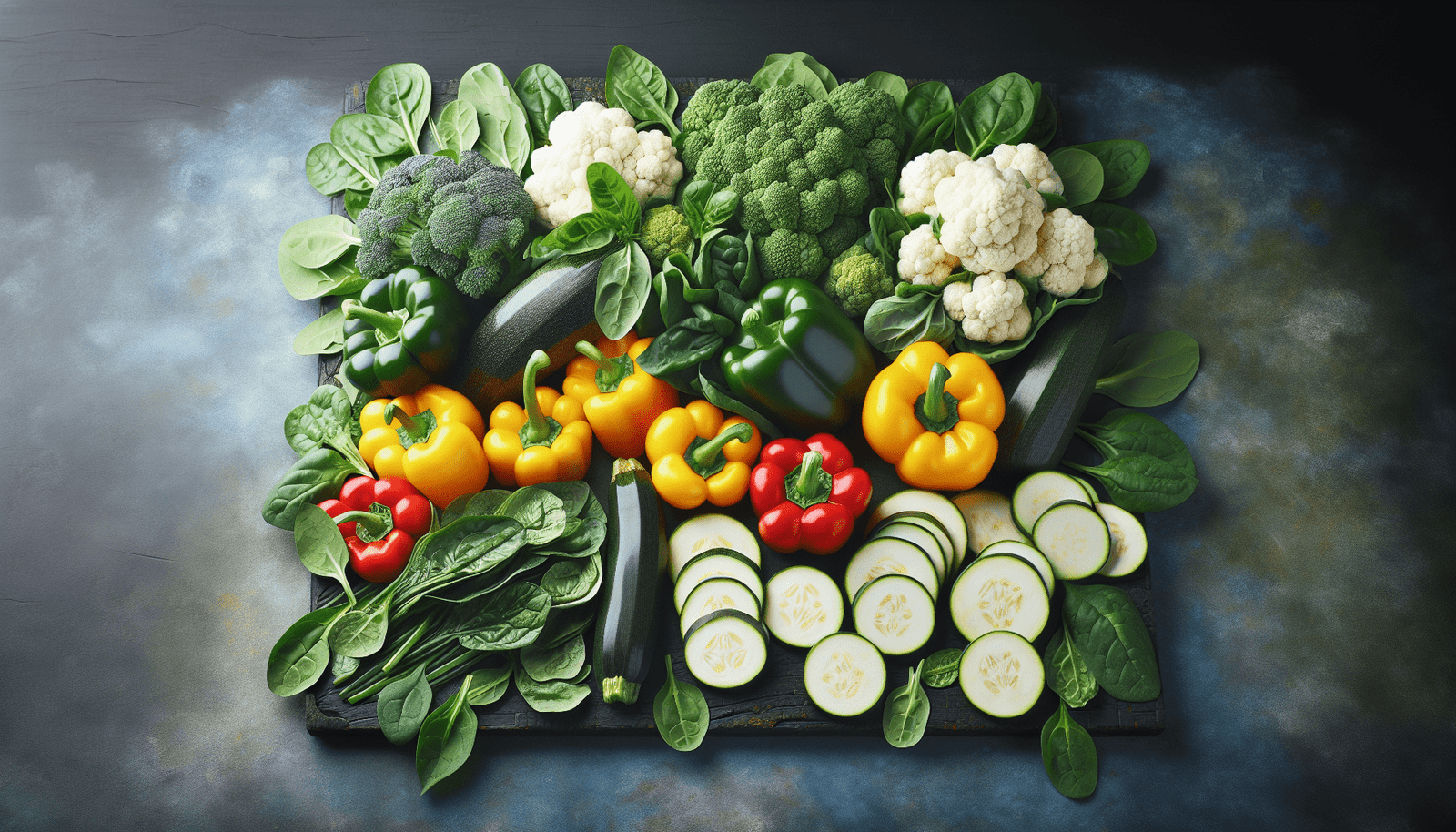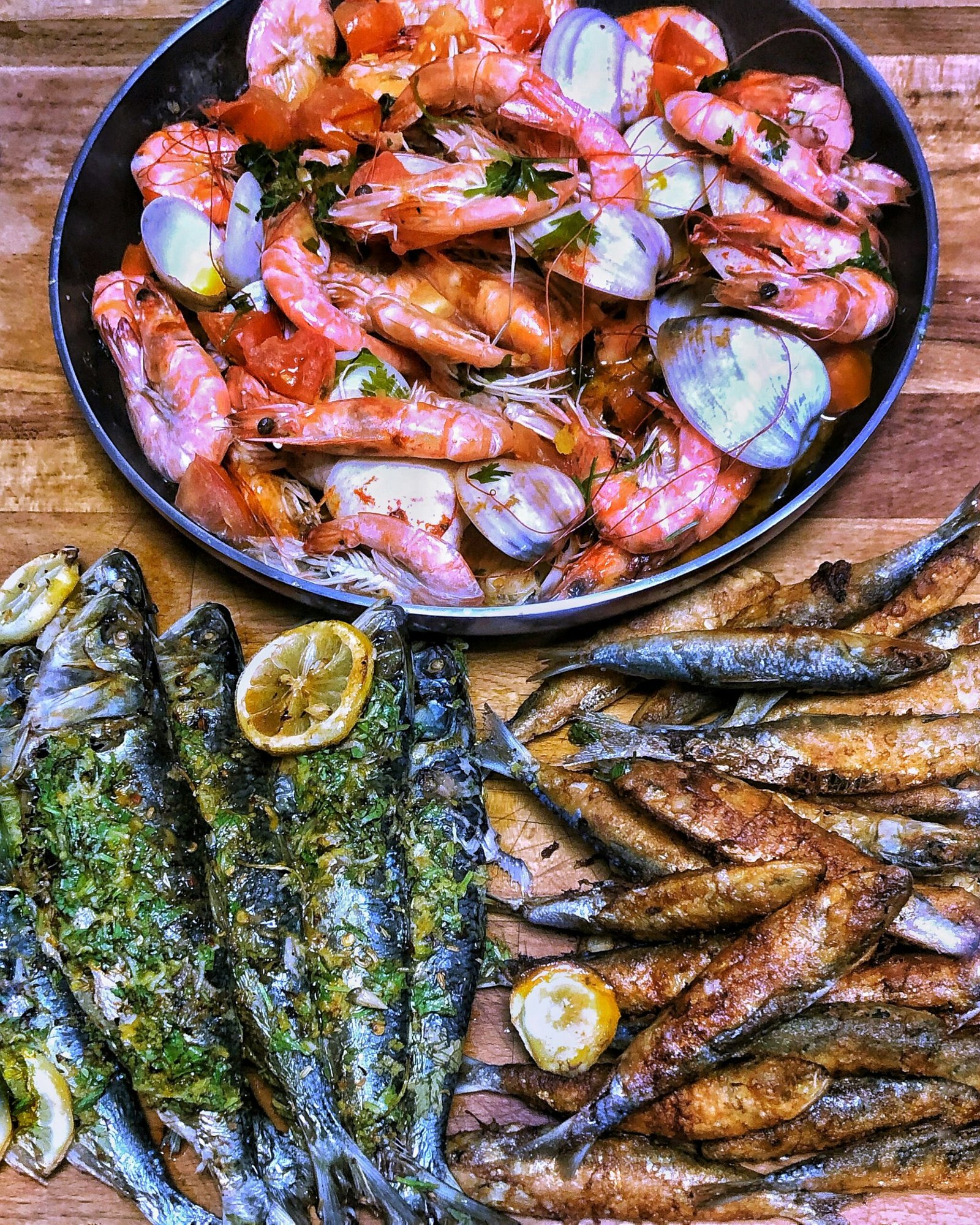Welcome to “A Guide to Keto-Friendly Vegetables” where you will discover a variety of nutrient-packed veggies that are perfect for your ketogenic diet. Whether you’re looking to add more fiber, vitamins, and minerals to your meals or simply switch up your veggie options, this article will provide you with a comprehensive list of low-carb vegetables that will help you stay on track with your keto lifestyle. From leafy greens to cruciferous veggies, you’ll find plenty of delicious and nutritious options to incorporate into your daily meals. So, grab a pen and paper, and let’s get started on maximizing your vegetable intake while keeping it keto-friendly!
Are you looking to incorporate more vegetables into your keto diet?
Welcome to “A Guide to Keto-Friendly Vegetables”!
You may be following a ketogenic diet to help with weight loss, manage diabetes, or simply improve your overall health. Whatever your reason, it’s important to include a variety of nutrient-dense vegetables in your meals. In this guide, we will explore the best vegetables to eat on a keto diet, tips for preparing them, and how to incorporate them into your favorite recipes. Let’s get started!
Understanding the Keto Diet
Before we dive into the world of keto-friendly vegetables, let’s take a moment to understand the basics of the ketogenic diet. On a keto diet, you aim to consume high-fat, moderate-protein, and low-carb foods to put your body into a state of ketosis, where it burns fat for fuel instead of carbs. This helps you reach your weight loss and health goals more effectively.

What are Net Carbs?
When following a ketogenic diet, you’ll often hear the term “net carbs.” Net carbs are total carbohydrates minus fiber and sugar alcohols, as these types of carbs have minimal impact on blood sugar levels. To calculate the net carbs in a food item, simply subtract the grams of fiber and sugar alcohols from the total carbohydrates. Keeping net carbs low is essential for staying in ketosis.
The Best Keto-Friendly Vegetables
Not all vegetables are created equal when it comes to the keto diet. Some are loaded with carbs and can kick you out of ketosis, while others are low in carbs and high in nutrients. Here are some of the best keto-friendly vegetables to include in your meal plan:
| Vegetable | Net Carbs (per 100g) | Fiber (per 100g) | Notes |
|---|---|---|---|
| Spinach | 1.4g | 2.2g | High in vitamins A and K |
| Broccoli | 4.0g | 2.6g | Rich in vitamin C and folate |
| Cauliflower | 2.9g | 2.0g | Versatile for low-carb recipes |
| Zucchini | 2.1g | 1.0g | Great for spiralizing into noodles |
| Bell Peppers | 4.6g | 1.7g | Colorful addition to salads and stir-fries |
| Brussels Sprouts | 5.2g | 3.8g | Packed with antioxidants |
| Asparagus | 1.8g | 2.1g | Excellent source of fiber and folate |
These vegetables are not only low in net carbs but also rich in essential vitamins, minerals, and antioxidants. Including a variety of these keto-friendly vegetables in your meals will ensure you get the nutrients you need while staying in ketosis.
Leafy Greens Are Your Best Friends
Leafy greens like spinach, kale, and lettuce are some of the most keto-friendly vegetables you can eat. They are extremely low in carbs, high in fiber, and packed with vitamins and minerals. Use them as the base for salads, add them to smoothies, or sauté them as a side dish.

Cruciferous Vegetables Are Key
Cruciferous vegetables, such as broccoli, cauliflower, and Brussels sprouts, are also excellent choices for a keto diet. They are high in fiber, vitamins, and antioxidants while being low in net carbs. Roast them in the oven, toss them in a stir-fry, or mash them as a low-carb alternative to mashed potatoes.
Colorful Vegetables Add Variety
Adding a pop of color to your plate with vegetables like bell peppers, zucchini, and asparagus not only makes your meal visually appealing but also provides a range of nutrients. These vegetables are versatile and can be roasted, grilled, or eaten raw for a crunchy snack.
Tips for Preparing Keto-Friendly Vegetables
Now that you know which vegetables to include in your keto meal plan, let’s talk about how to prepare them to maximize their flavor and nutrient content. Here are some tips for cooking keto-friendly vegetables:

Roasting
Roasting vegetables is a great way to bring out their natural sweetness and flavors. Preheat your oven to 400°F, toss the vegetables in olive oil and seasonings of your choice, and spread them out on a baking sheet. Roast until they are tender and slightly caramelized. Roasted vegetables like cauliflower, Brussels sprouts, and asparagus make a delicious side dish or snack.
Sauteing
Sauteing vegetables in a skillet with some butter or olive oil is a quick and easy way to cook them. Heat the skillet over medium heat, add the vegetables, and stir occasionally until they are tender. Add garlic, herbs, or spices for extra flavor. Sauteed spinach, zucchini, and bell peppers make a tasty addition to omelets or salads.

Steaming
Steaming is a gentle cooking method that helps vegetables retain their nutrients and vibrant colors. Fill a pot with a few inches of water, place a steamer basket inside, and bring the water to a boil. Add the vegetables to the basket, cover with a lid, and steam until tender. Steamed broccoli, cauliflower, and asparagus can be enjoyed as a simple side dish or added to soups and stir-fries.
Incorporating Keto-Friendly Vegetables into Your Meals
Eating a variety of keto-friendly vegetables doesn’t have to be boring or complicated. By getting creative in the kitchen, you can enjoy delicious and nutritious meals that support your keto lifestyle. Here are some ideas for incorporating keto-friendly vegetables into your favorite recipes:
Breakfast
Start your day with a veggie-packed breakfast by adding spinach, mushrooms, and onions to your scrambled eggs or omelet. Top with avocado slices and a sprinkle of cheese for a satisfying and nutrient-dense meal. You can also blend leafy greens into your morning smoothie for an extra boost of vitamins and minerals.

Lunch
For a quick and easy keto-friendly lunch, make a colorful salad with mixed greens, cherry tomatoes, cucumbers, and bell peppers. Add grilled chicken, avocado, and a creamy dressing for a filling and flavorful meal. You can also wrap your favorite proteins and veggies in lettuce leaves for a low-carb and portable lunch option.
Dinner
Cook up a hearty keto-friendly dinner by preparing a veggie stir-fry with broccoli, cauliflower, bell peppers, and snow peas. Toss in some protein like shrimp, chicken, or tofu, and season with soy sauce or coconut aminos. Serve over cauliflower rice or zucchini noodles for a complete and satisfying meal.
Snacks
Keep keto-friendly snacks on hand by slicing up some raw veggies like celery, bell peppers, and cucumbers and pairing them with guacamole, hummus, or keto-friendly dip. Roasted seaweed snacks, cheese crisps, and kale chips are also tasty options for satisfying your cravings between meals.
Conclusion
Incorporating keto-friendly vegetables into your meal plan is essential for staying in ketosis and supporting your overall health and wellness. By choosing nutrient-dense options like leafy greens, cruciferous vegetables, and colorful veggies, you can ensure you’re getting the vitamins, minerals, and antioxidants your body needs. Experiment with different cooking methods, flavor combinations, and recipe ideas to keep your meals exciting and delicious.
If you have any questions or need further guidance on incorporating keto-friendly vegetables into your diet, feel free to reach out. Here’s to delicious and nutritious eating on your keto journey!





